Resilient Landscape Design Strategies
As climate volatility increases, so too does the urgency for resilient landscapes—ones that can absorb shocks, regenerate naturally, and protect both people and ecosystems. Coastal hotel and resort landscapes, often built on fragile ecotones, must go beyond aesthetic appeal to provide active defense and ecological recovery mechanisms. This chapter explores strategies that fuse resilience and design integrity.
Green Buffers and Coastal Forest Regeneration
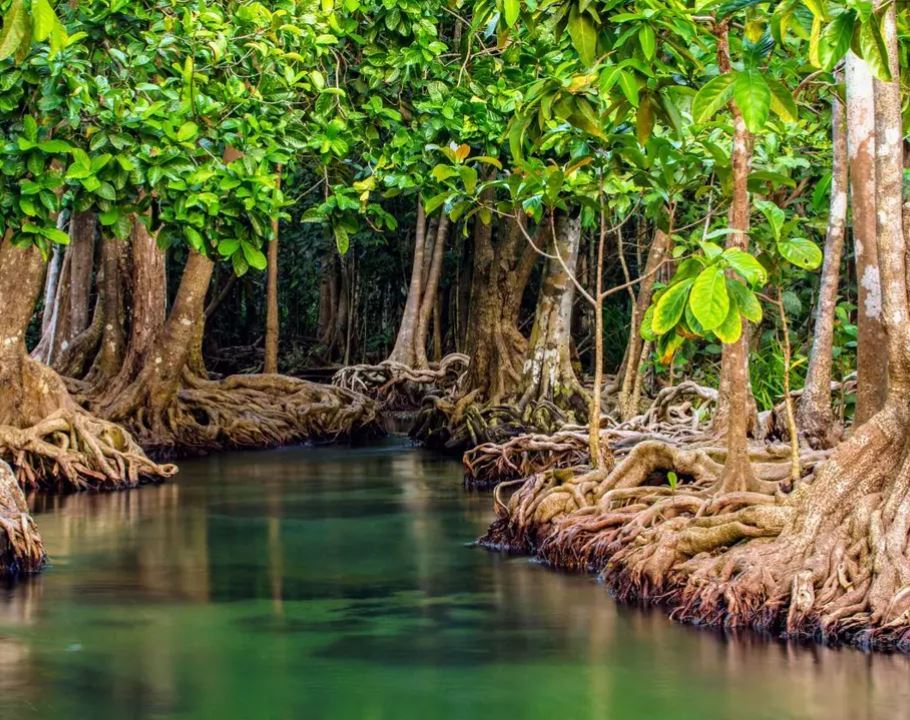
Mangrove forest (Source: earth.com)
Vegetative buffers—such as coastal forests, dune grasses, and mangroves—serve as nature’s infrastructure. They absorb storm surges, stabilize soil, and restore wildlife corridors. Research by the International Union for Conservation of Nature (IUCN) shows that mangrove buffers can reduce wave energy by up to 66% over 100 meters (IUCN, 2020).
Restoring these green buffers involves:
- Rewilding dunes with native grasses like Uniola paniculata (sea oats), which stabilize shifting sands and trap windblown sediments.
- Regenerating coastal forests using salt- and wind-tolerant species such as Casuarina equisetifolia and Pandanus tectorius, which create windbreaks, shelter for fauna, and root matrices that resist erosion.
- Involving local communities in nursery propagation, planting events, and long-term stewardship to ensure a living connection between people and landscape.
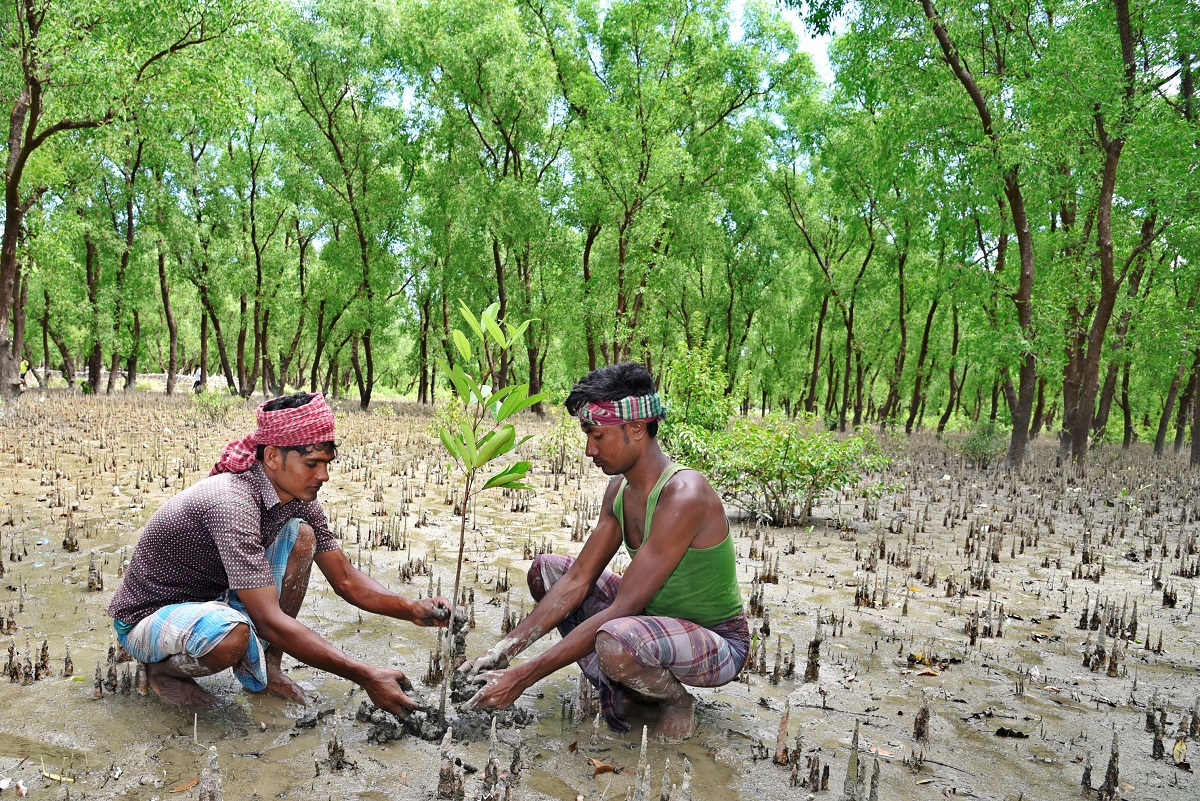
Community involvment in nursery propagation (Source: undp.org)
Long-term success depends on integrating planting strategies with hydrology and wildlife corridor planning, ensuring buffers function ecologically and not just visually.
Living Shorelines vs. Hard Sea Walls
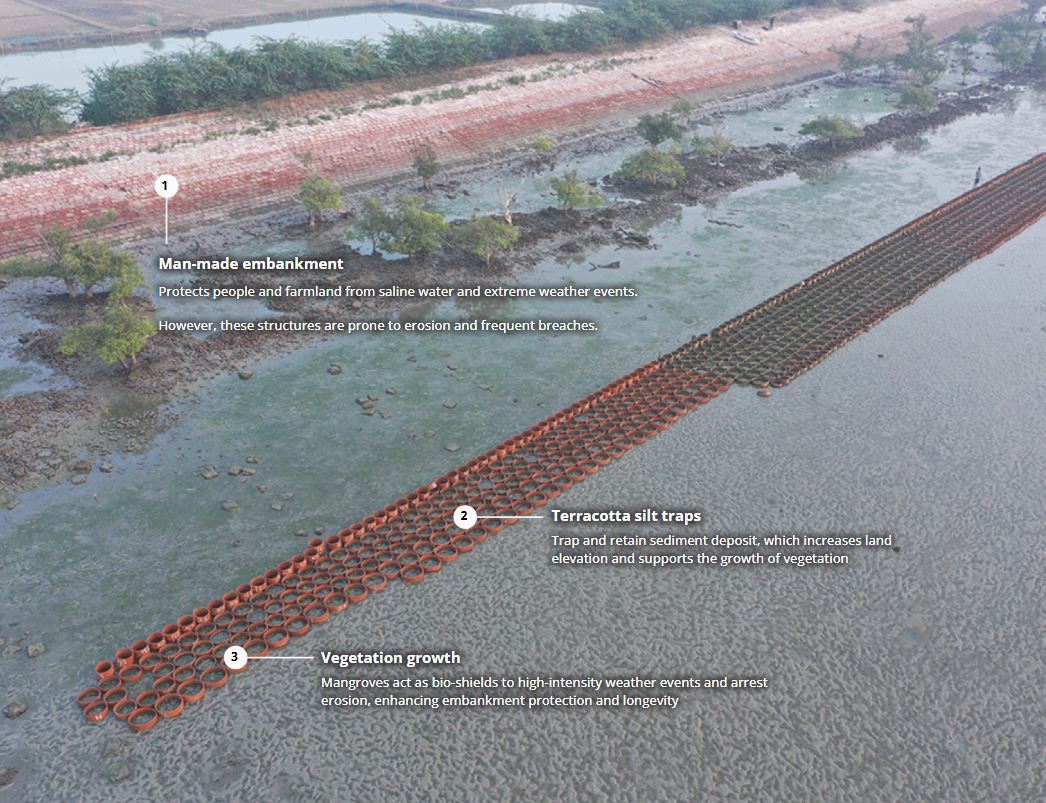
Terracotta silt-traps being installed by WWF-India at a site in the Sundarbans (Source: csp.wwfindia.org)
Hard engineering structures like seawalls and bulkheads have traditionally been used to defend against erosion and storm surges. However, these often accelerate erosion downstream, disrupt littoral drift, and sever aquatic habitats.
Living shorelines offer a dynamic, nature-based alternative:
- Materials include coconut fiber rolls (coir), native salt-tolerant plants, and oyster reef segments that bind sediments and absorb wave energy.
- Performance: NOAA (2021) reports these shorelines absorb 50% more wave energy in storm events than bulkheads while improving fish habitat by 30%.
- Design Considerations: These systems must be tailored to tidal zones, wave exposure, and sediment dynamics, often combining soft engineering with limited structural support for optimal performance.
Living shorelines not only protect against erosion but enhance ecological connectivity and water quality.
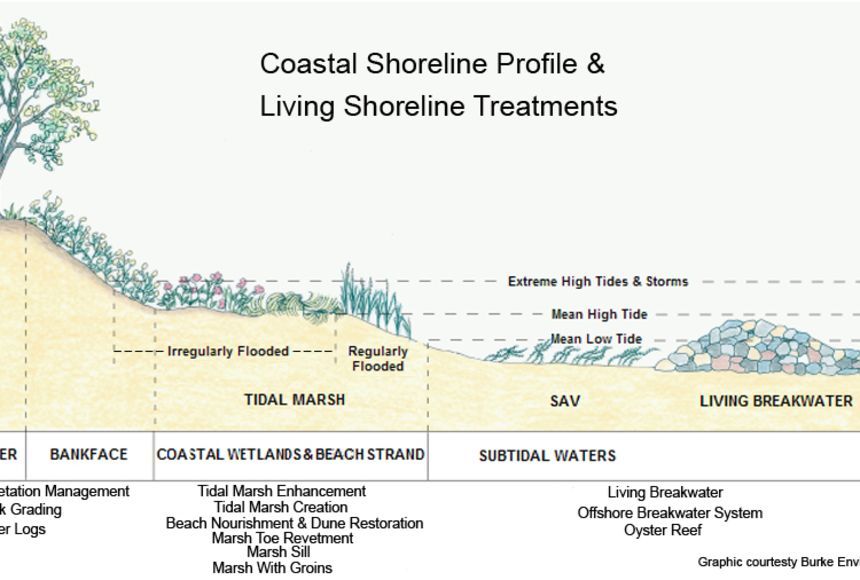
Living Shoreline and Coastal Environment (Source: education.nationalgeographic.org)
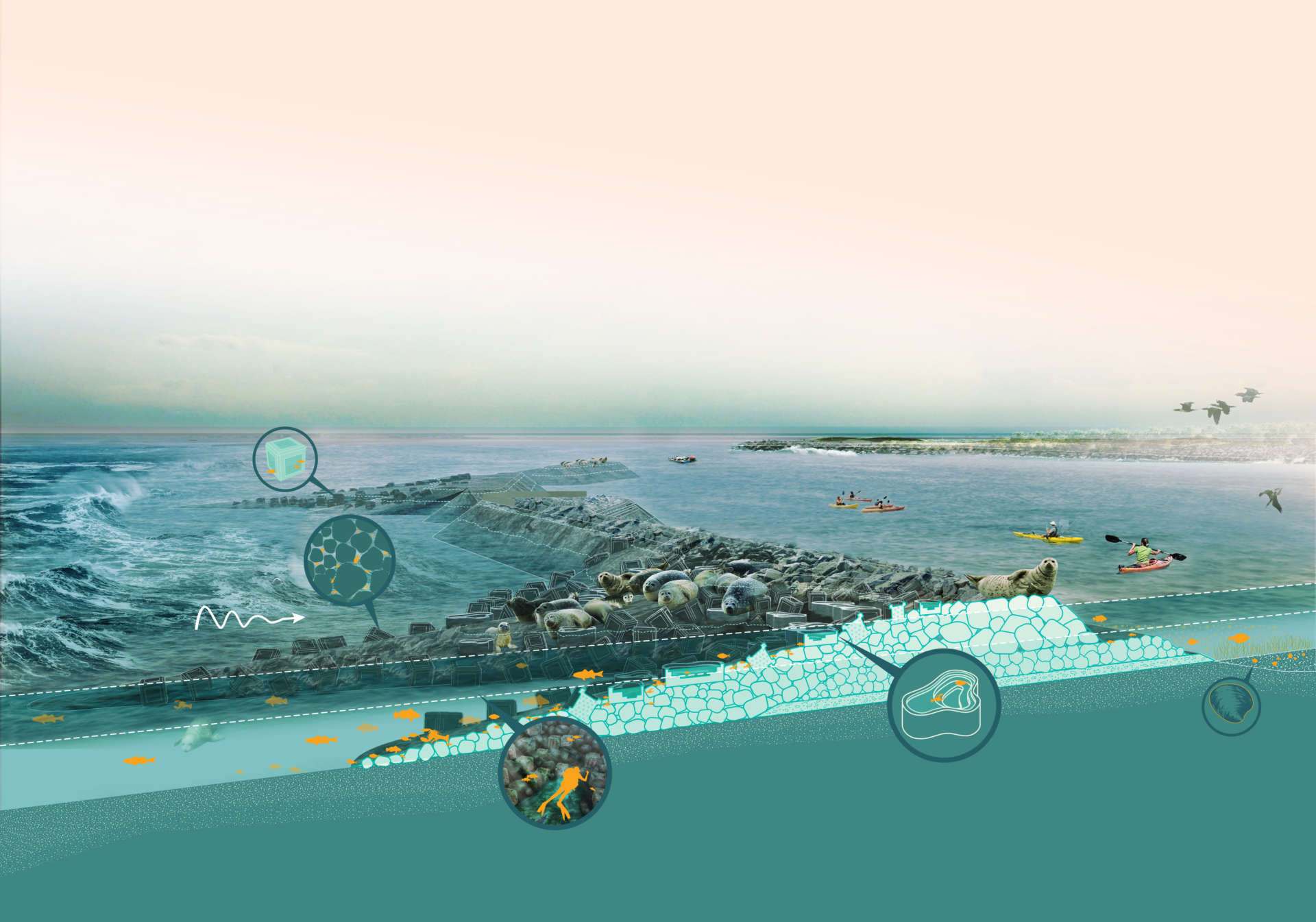
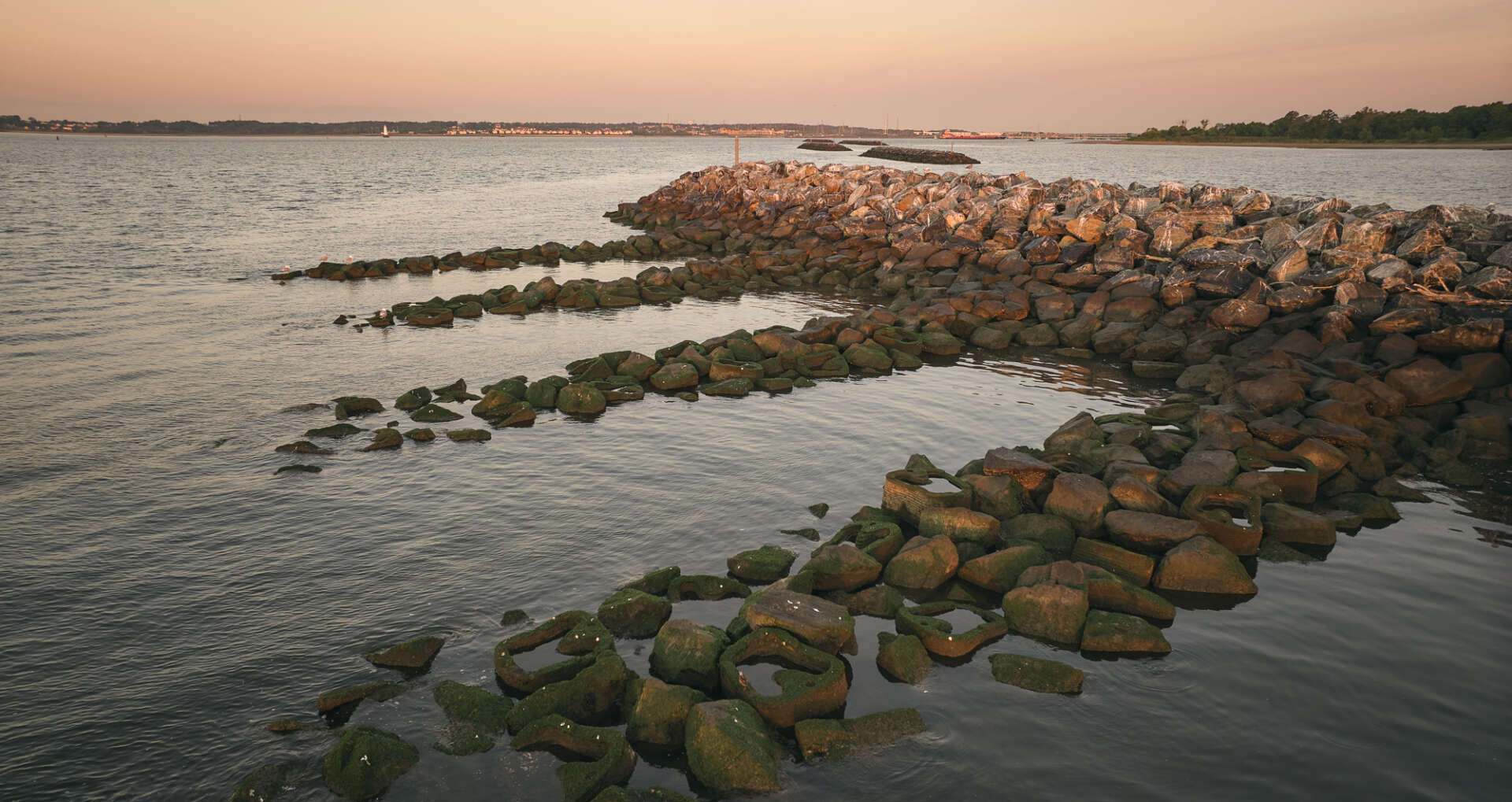
Living Breakwaters, Staten Island, NYC, USA (Source: scapestudio.com)
Elevated Structures and Pervious Paving Systems
As rising seas, flooding, and intense rainfall events become more common, design responses must decouple infrastructure from static, vulnerable ground planes:
- Elevated buildings and boardwalks minimize soil compaction and hydrological interference. In intertidal zones, stilts allow water and fauna to move freely.
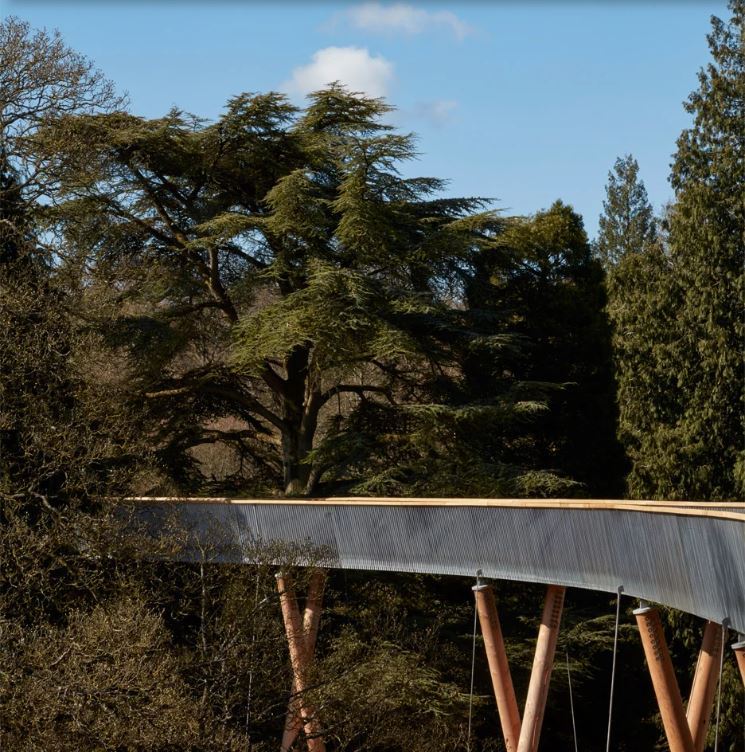
Elevated walkway by Glenn Howells Architects (Source: Rob Parrish_glennhowells.co.uk)
- Pervious paving reduces surface runoff, supports natural aquifer recharge, and helps mitigate flash flooding. Techniques include:
- Grass pavers for low-traffic areas
- Resin-bound aggregates for pedestrian paths
- Permeable concrete for service roads and drop-offs
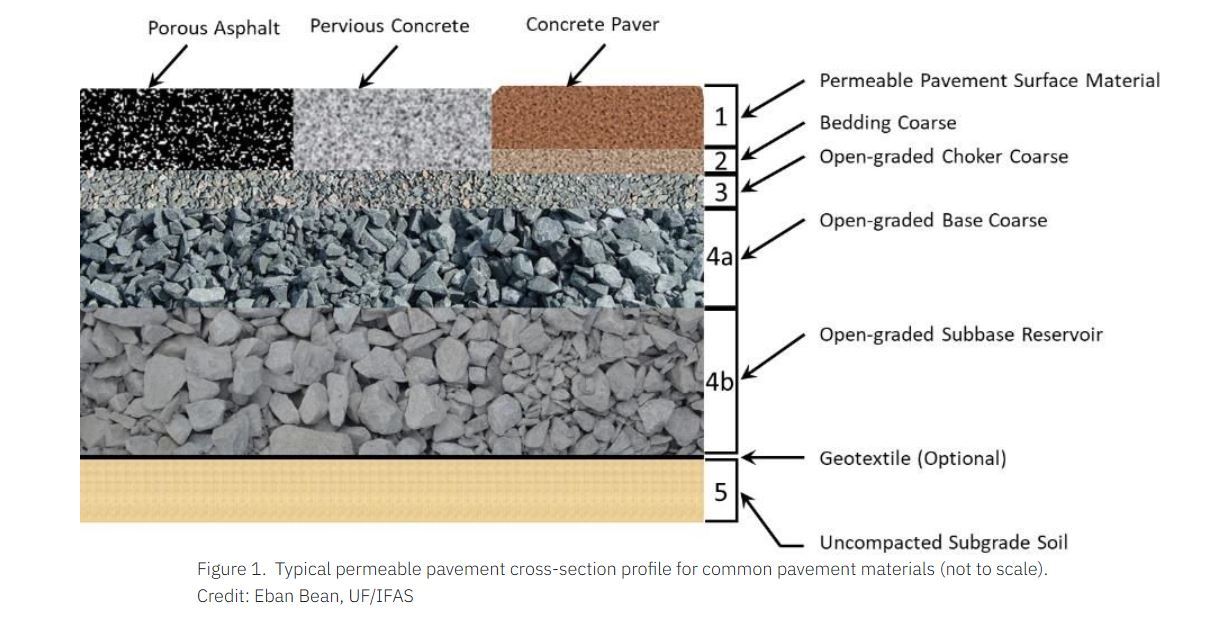
Permeable paving (Source: edis.ifas.ufl.edu)
- Floating or amphibious foundations, though still emerging, offer promise in high-risk zones like deltas or reclaimed coastlines.
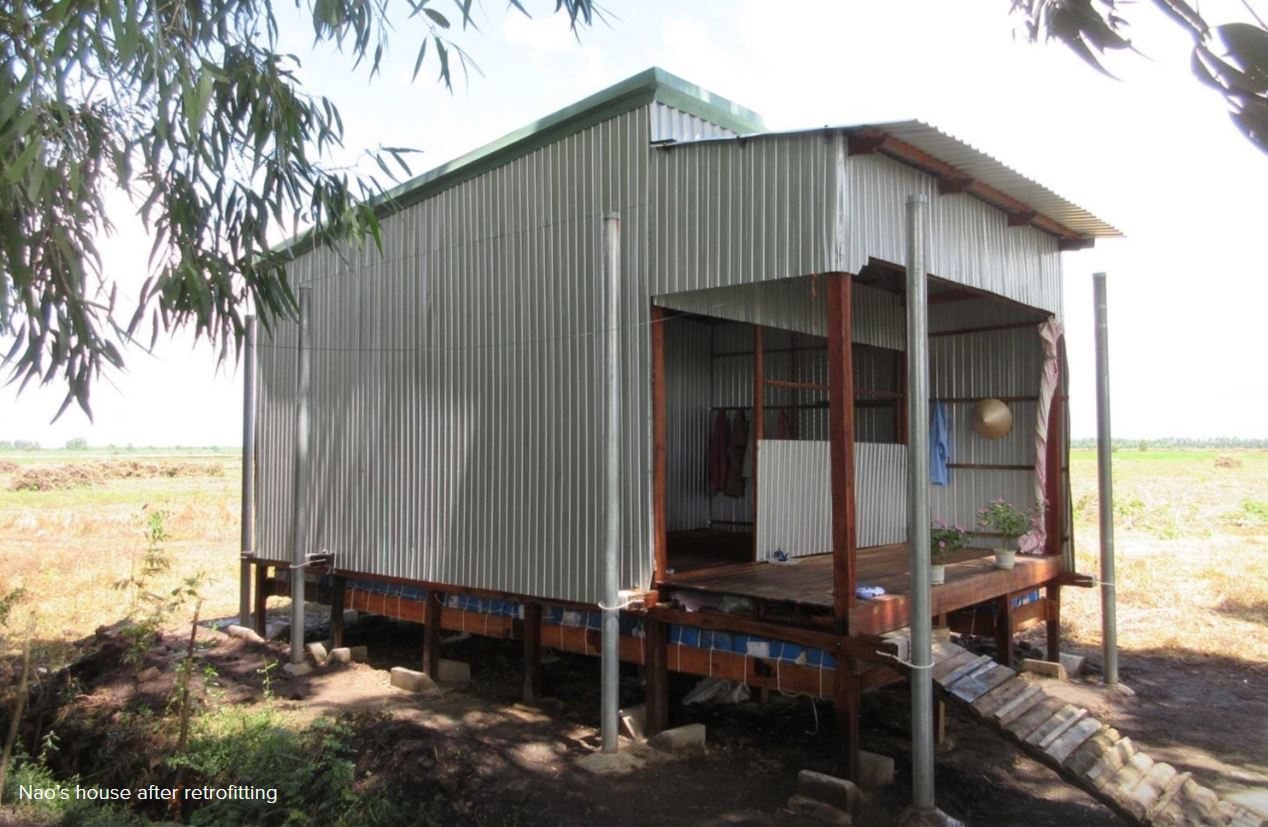
Amphibious Retrofitting in the Mekong River Delta, Vietnam (Source: buoyantfoundation.org)
The U.S. EPA (2020) supports pervious infrastructure in climate-sensitive zones to manage non-point source pollution and improve resilience.
Case Study: The Brando, French Polynesia
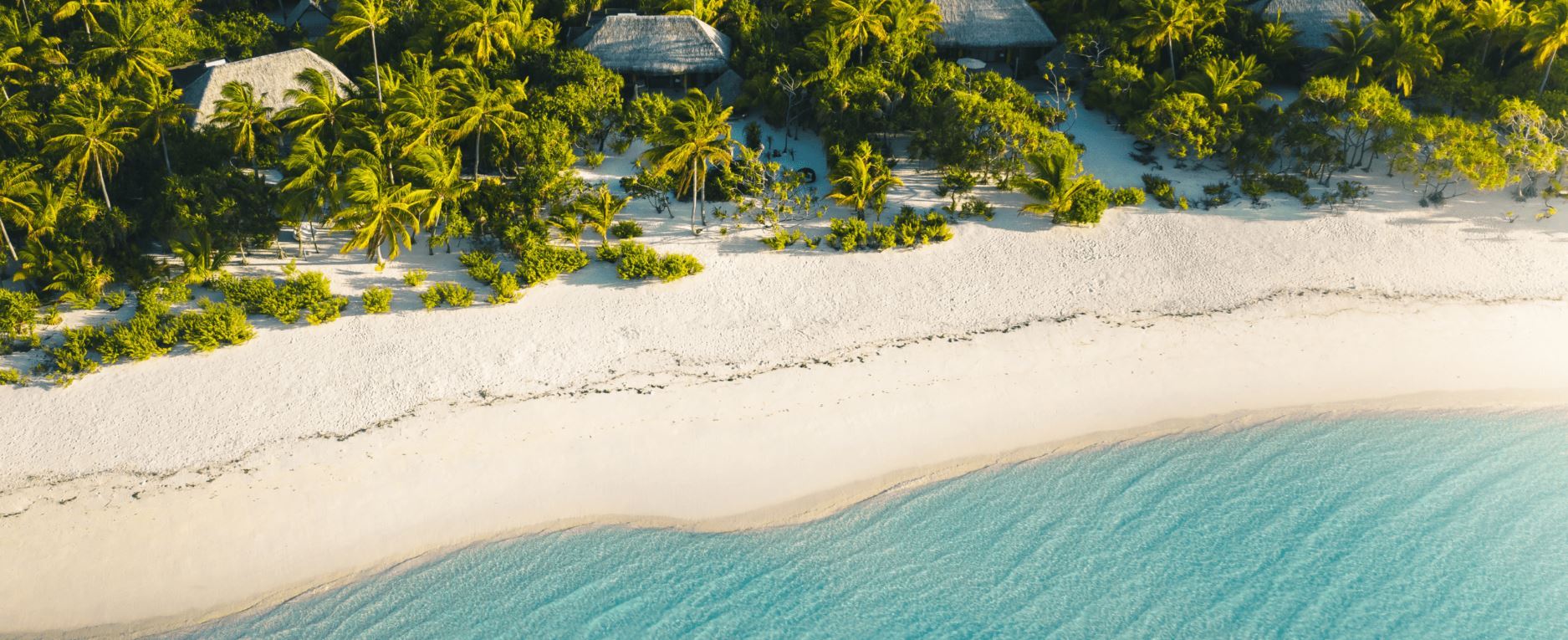
(Source: thebrando.cm)
The Brando, located on the private atoll of Tetiaroa, is a luxury eco-resort. Originally the retreat of actor Marlon Brando, the resort exemplifies sustainable luxury, integrating advanced eco-technologies with traditional Polynesian design. It sets a benchmark for how landscape resilience and luxury can coexist.
Location: Tetiaroa Atoll, French Polynesia
Eco-Features:
-
LEED Platinum Certification: The Brando is the first resort worldwide to achieve this certification, reflecting its commitment to sustainability across all operations.
-
Sea Water Air Conditioning (SWAC): A pipe 1,000 meters below sea level draws cold water for the resort's cooling needs, reducing energy use by 90% and minimizing dependence on conventional AC systems.
-
Renewable Energy: Over 70% of the resort's energy needs are met through solar power.
-
Waste Management: Comprehensive recycling and composting programs, including a biodigester for organic waste.
-
Water Conservation: Rainwater harvesting and a desalination plant reduce freshwater consumption.
-
Conservation Efforts: Active involvement in protecting local wildlife, including a turtle conservation program.
-
Permaculture Landscaping: The entire island follows a permaculture masterplan, using compost, rain capture, and companion planting to sustain food production and vegetation with zero synthetic input.
-
Lagoon Restoration: Marine biologists restored damaged seagrass beds and coral reefs, monitored water clarity, and re-established predator-prey balance. These efforts led to improved biodiversity indexes and reef health.
-
Minimal Paving: Paths follow existing forest clearings and use crushed coral and sand to blend visually and functionally with the natural environment.
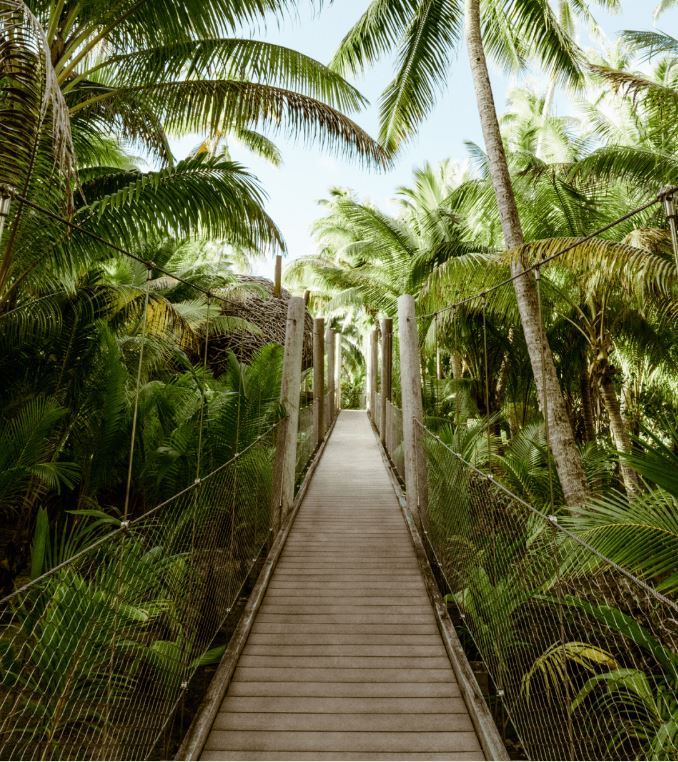
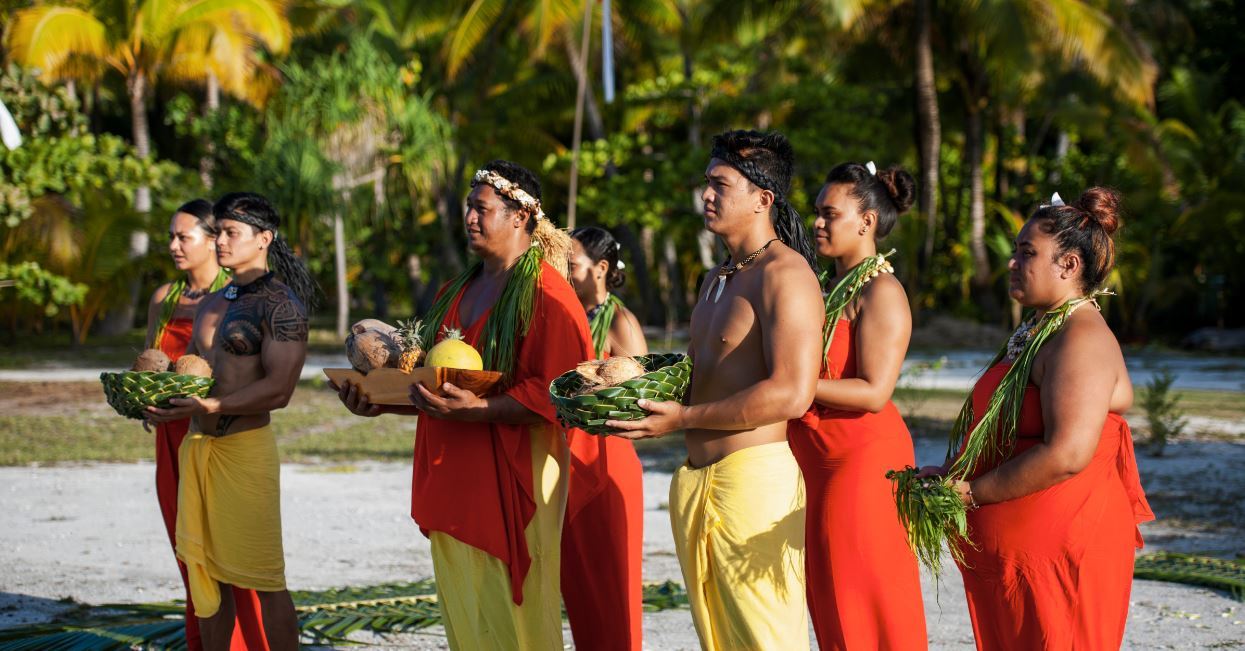
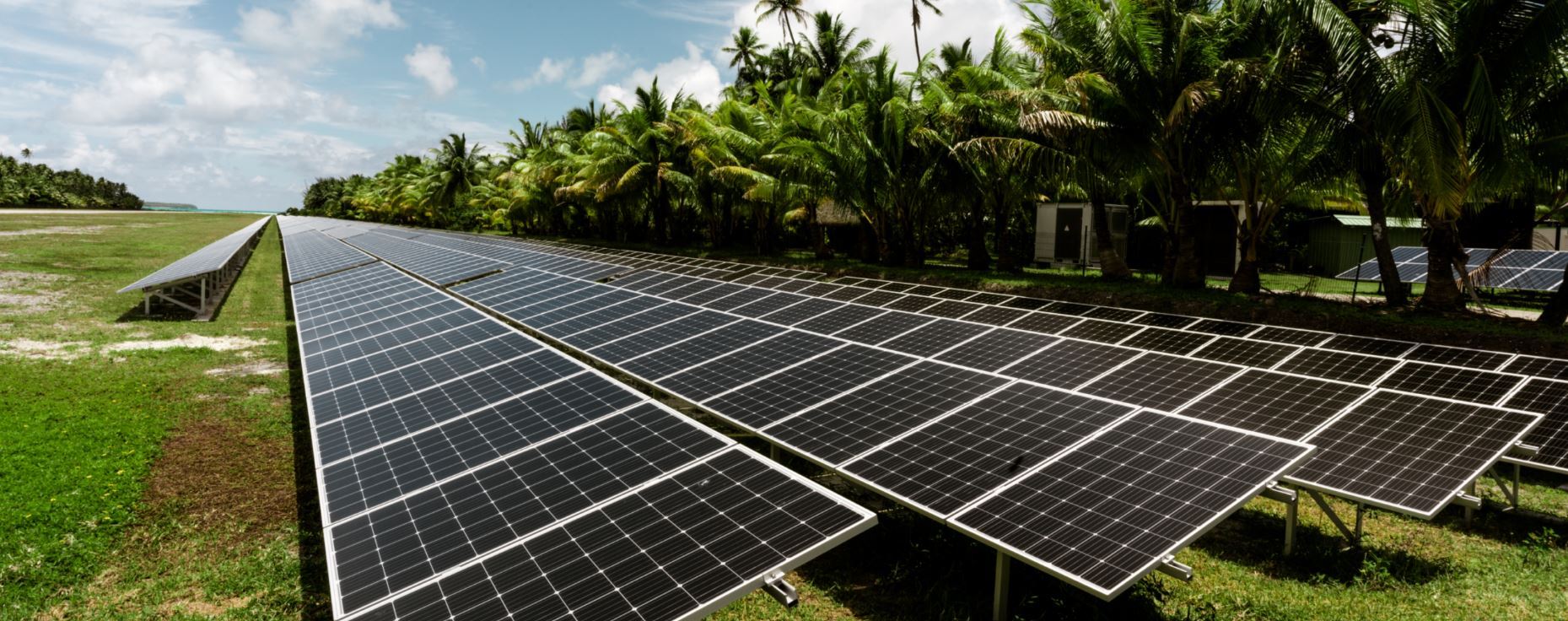
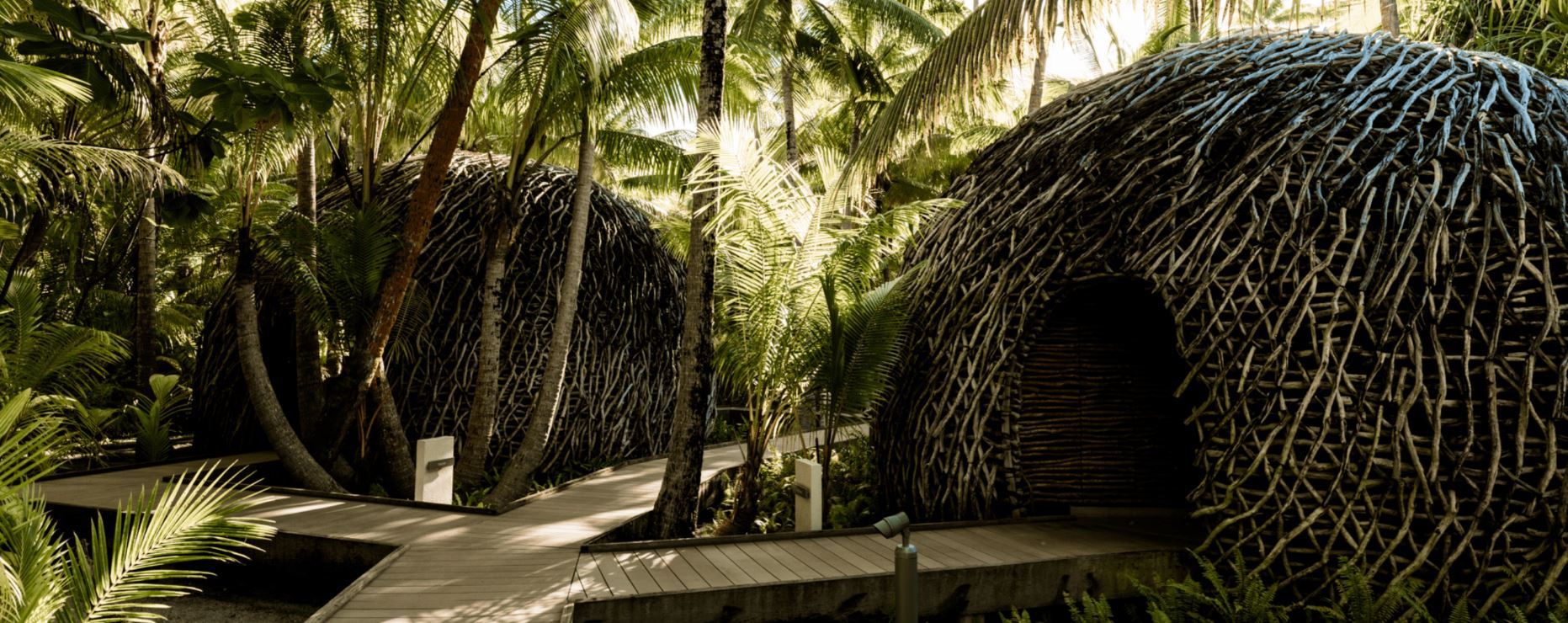
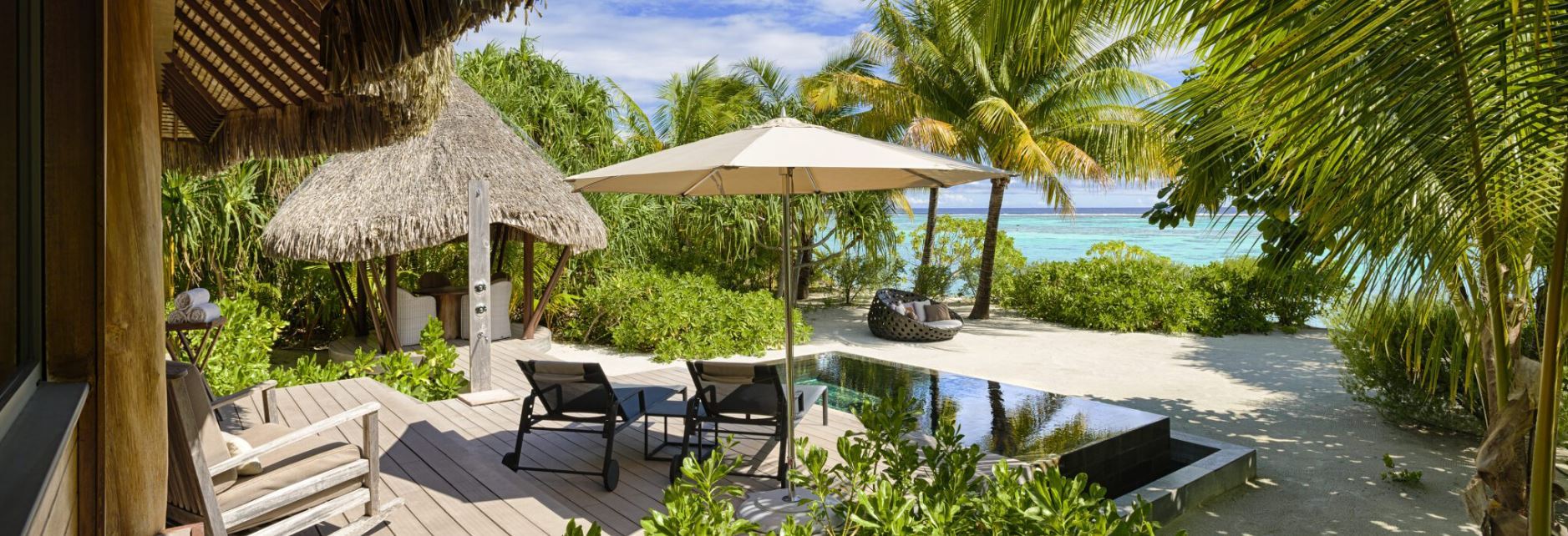
Nightly Rate: Starting from approximately $3,000 USD per night.
Website: thebrando.com
The Brando's initiatives serve as a model for climate-positive tourism, demonstrating that resorts can function as ecological sanctuaries and education hubs.

The Blue Climate Initiative: leading a global effort to protect the oceans
Why It Matters
Resilient design is not just protection—it’s regeneration. Resorts that invest in landscape resilience build long-term value, ecological credibility, and operational security. These strategies mitigate risk, reduce insurance and maintenance costs, and elevate the guest experience through immersive, intact ecosystems.
Expert Insight: Kate Orff, Founder of SCAPE Landscape Architecture
“We can’t engineer our way out of climate collapse. We must design with nature—not just for beauty, but for survival.”
















